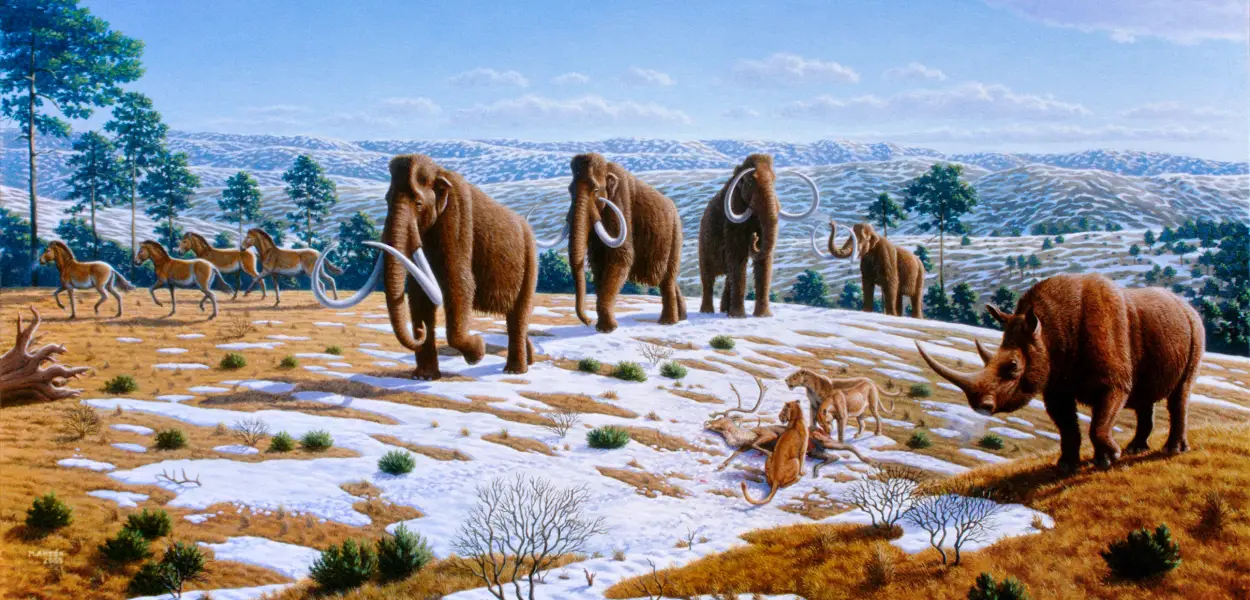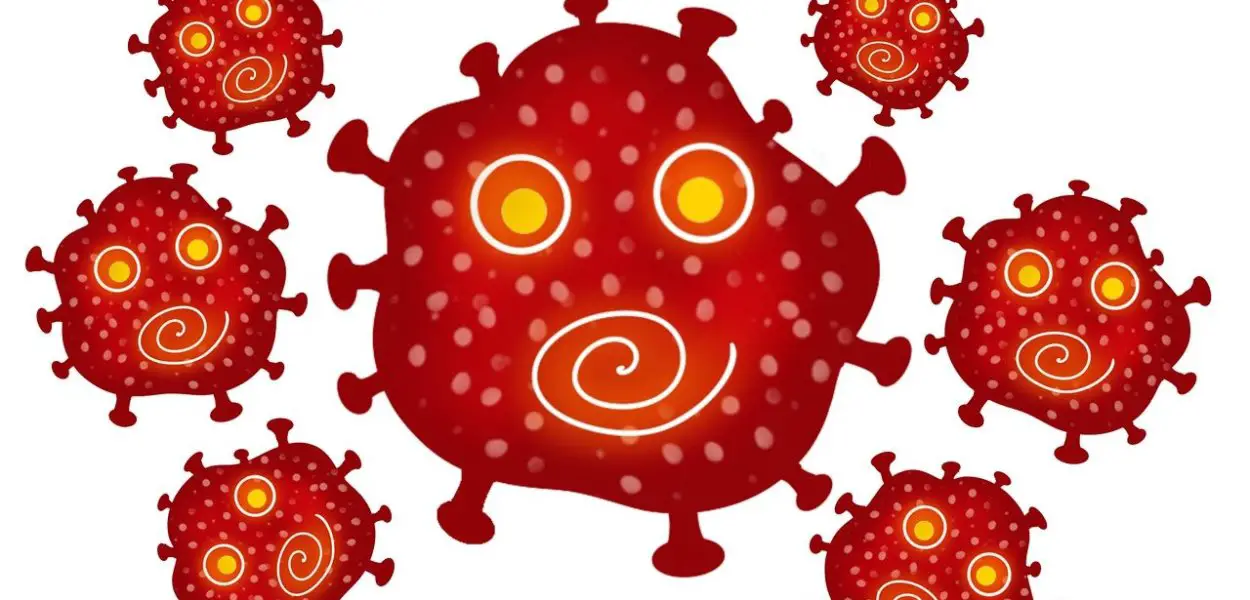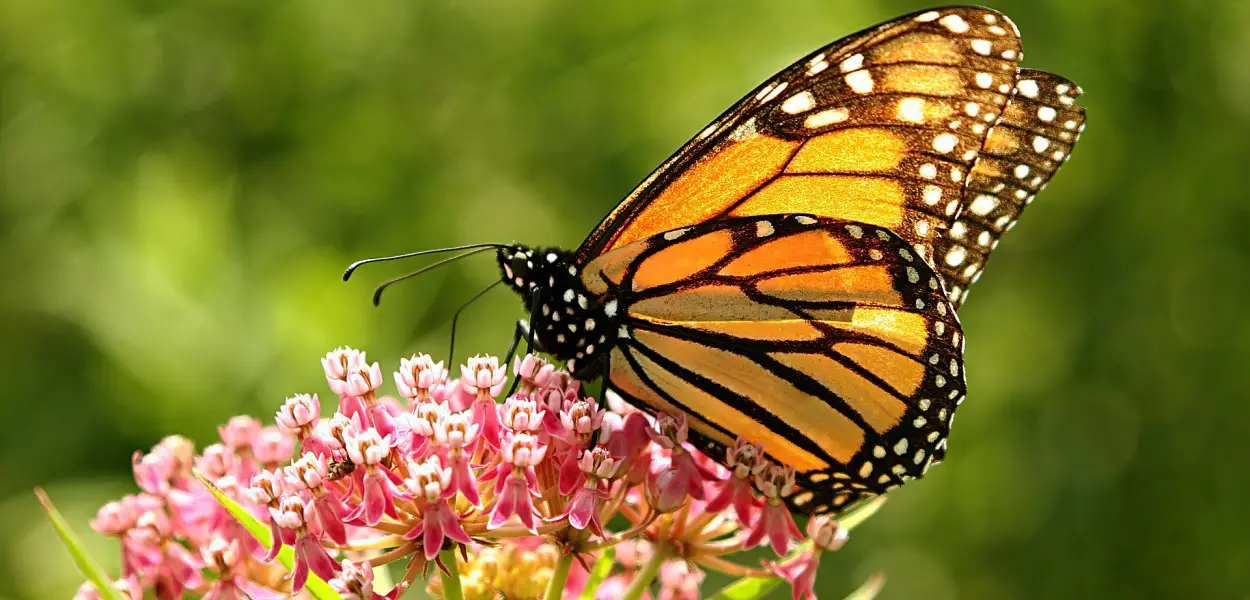Education in the 1930s Depression Facts and John Dewey “Father of Modern Education”
ntroduction: The Depression was a terrible time for the American economy, and patriotic morale for democracy was low for the people. Thus, education received dwindling funds, and many schools were closed. Nevertheless, “every cloud has a silver lining” was true during the Depression because the lacking education resulted in the social opinions given by education advocate John Dewey, and uniquely enough, higher literacy rates among school children.



































